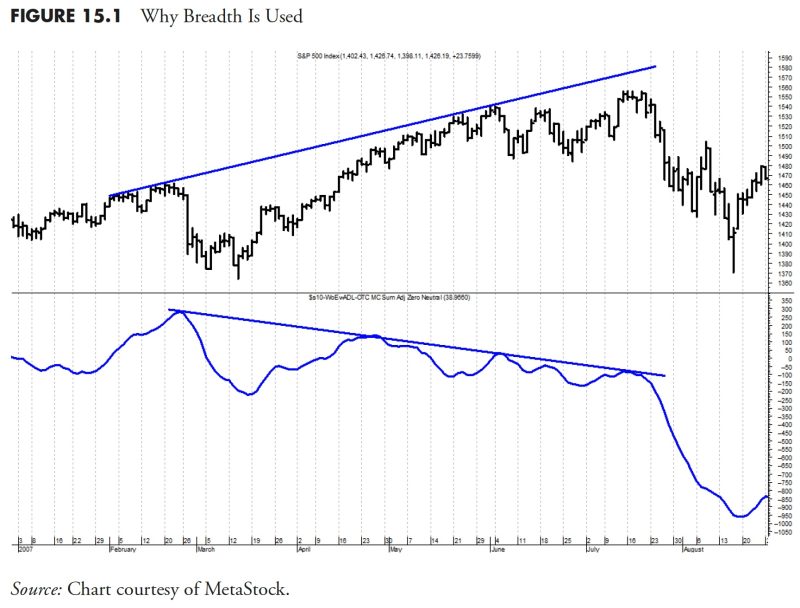In the world of finance, one of the most crucial aspects of successful money management is the implementation of rules-based strategies. These strategies provide investors with a structured framework for making investment decisions, helping to minimize emotions and biases that can often lead to poor choices. By following a set of clear rules and guidelines, investors can better navigate the complexities of the financial markets and improve their chances of achieving their financial goals.
A key component of rules-based money management is the establishment of clear investment criteria. This involves setting specific parameters for selecting assets, determining entry and exit points, and managing risk. By defining these criteria in advance, investors can ensure that their decisions are guided by logic and analysis rather than impulsive reactions or market noise.
Another important aspect of rules-based money management is the use of data-driven analysis. By leveraging quantitative data and statistical models, investors can gain valuable insights into market trends, correlations, and probabilities. This approach can help to identify patterns and opportunities that may not be immediately apparent, enabling investors to make more informed and strategic investment decisions.
Risk management is also a critical component of rules-based money management. By incorporating risk controls and position sizing rules into their investment strategy, investors can protect their capital and minimize potential losses. This disciplined approach to risk management can help to preserve wealth over the long term and reduce the impact of market volatility on investment portfolios.
Furthermore, rules-based money management encourages a systematic and disciplined approach to investing. By adhering to a set of well-defined rules and guidelines, investors can avoid making impulsive decisions based on fear or greed. Instead, they can rely on a structured framework that has been carefully designed to optimize investment performance and mitigate risks.
Implementing rules-based money management requires a commitment to consistency and discipline. It involves sticking to a predetermined set of rules, even when market conditions are uncertain or emotions are running high. By maintaining this discipline and following the established guidelines, investors can build a strong foundation for long-term success in the financial markets.
In conclusion, rules-based money management offers a structured and systematic approach to investing that can help investors navigate the complexities of the financial markets with confidence and clarity. By establishing clear investment criteria, leveraging data-driven analysis, implementing risk management strategies, and maintaining discipline and consistency, investors can improve their chances of achieving their financial goals and building wealth over the long term.
